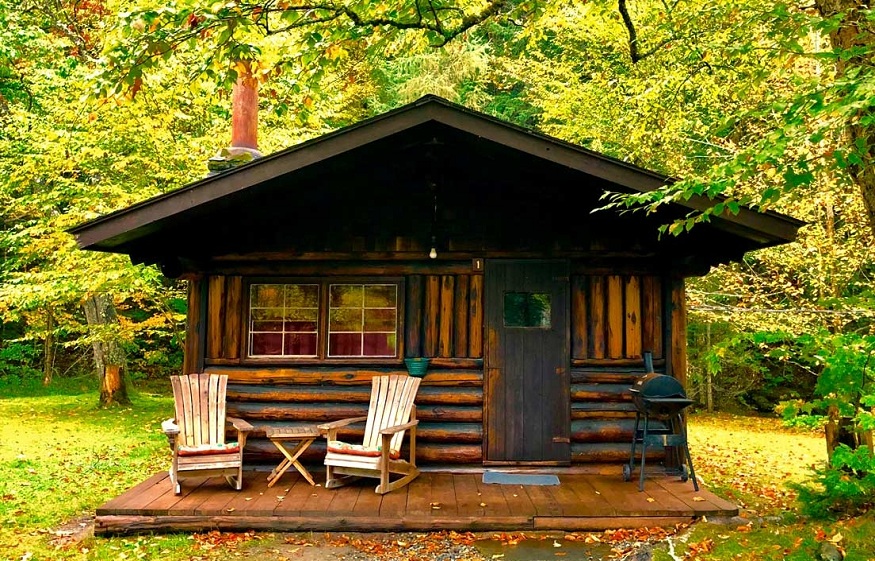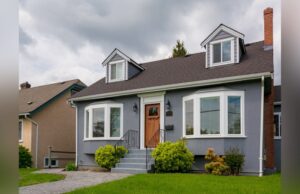Whether you’re dreaming of a cosy weekend escape in the countryside or adding a stylish garden office to your home, log cabins offer a versatile and attractive solution. However, before breaking ground, it’s crucial to understand the planning permission rules in the UK.
Planning laws can be complex and vary by region, especially when it comes to log cabins. While some structures may be built under permitted development rights, others require full planning approval—particularly if they’re intended as permanent dwellings or used for commercial purposes.
This guide outlines the basics of planning permission for log cabins in the UK, helping you navigate the process and avoid costly mistakes.
Do You Always Need Planning Permission?
The answer depends on what you’re using the cabin for, where it’s located, and how it’s built.
In many cases, garden log cabins can be installed without planning permission, thanks to permitted development rights. However, if your cabin falls outside of these limits—or you plan to live in it—you’ll likely need formal approval.
Common Scenarios
Let’s break it down by usage:
1. Log Cabins as Garden Buildings (Non-Residential Use)
Permitted development usually applies if:
- The cabin is located in your back garden.
- It is not used as a separate dwelling (i.e., not for full-time living).
- It is single-storey and no higher than:
- 5 metres if within 2 metres of a boundary, or
- 4 metres (with a dual-pitched roof) if further from the boundary.
- The footprint of the cabin, along with other outbuildings, doesn’t cover more than 50% of your garden area.
- It is not built forward of the main house.
In these cases, you often won’t need planning permission, though it’s always wise to check with your local council.
Examples:
- A home office or studio
- A garden gym or summerhouse
- A playroom or guest room (not for full-time occupancy)
2. Log Cabins as Holiday Lets or Rental Accommodation
If you intend to rent out your cabin as a holiday let, planning permission is typically required—especially if:
- The cabin will generate regular income.
- It’s marketed as a business (e.g. on Airbnb or a holiday letting platform).
- It changes the use of the land (from residential to commercial or mixed use).
In rural areas, councils may be more supportive of tourism-related projects—but they will still need to ensure the proposal meets criteria around access, impact on neighbours, and local development plans.
3. Log Cabins as Full-Time Homes
This is where planning rules become strict. Using a log cabin as a permanent residence on private or agricultural land usually requires:
- Full planning permission.
- Adherence to building regulations.
- A clear explanation of why the cabin is needed in that location.
This type of planning application may face challenges, particularly in Green Belt or Areas of Outstanding Natural Beauty (AONBs). However, it’s not impossible—especially if the design is low-impact, eco-friendly, and in keeping with the local landscape.
Other Key Considerations
1. Foundations and Services
Even temporary structures like log cabins may need a base or access to electricity, water, and drainage. The more permanent these features are, the more likely planning permission will be required.
2. Conservation Areas and Listed Properties
If your property is listed or in a conservation area, stricter rules apply. You may need permission even for smaller garden cabins or alterations to existing structures.
3. Building Regulations
Even if planning permission isn’t needed, building regulations may still apply—especially if the cabin includes plumbing, electrics, or sleeping accommodation. These standards ensure the structure is safe, energy-efficient, and habitable.
Tips for a Smooth Planning Process
- Speak to your local council early: They can advise on what permissions are required in your area.
- Work with professionals: An architect, planning consultant, or cabin supplier familiar with UK laws can help design a structure that meets both aesthetic and legal requirements.
- Prepare supporting documents: Site plans, elevation drawings, and access details will be needed for a formal application.
- Engage your neighbours: In some cases, especially in close-knit communities, objections can slow down approval. Being transparent and considerate can make the process easier.
Planning permission for log cabins in the UK isn’t a one-size-fits-all matter. It depends heavily on location, use, size, and design. While many garden cabins fall under permitted development, using one for rental income or full-time living almost always requires approval.
The good news? With proper planning and advice, it’s entirely possible to create a beautiful, legal, and lasting cabin space that enhances your property or lifestyle.




